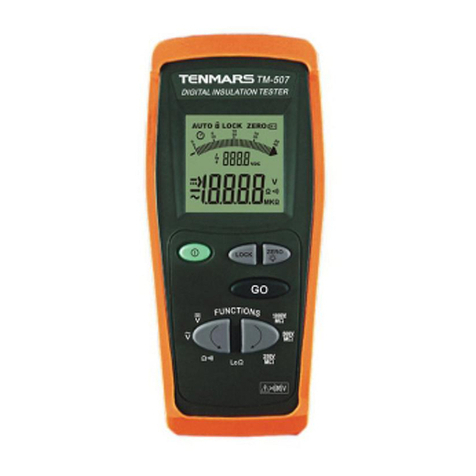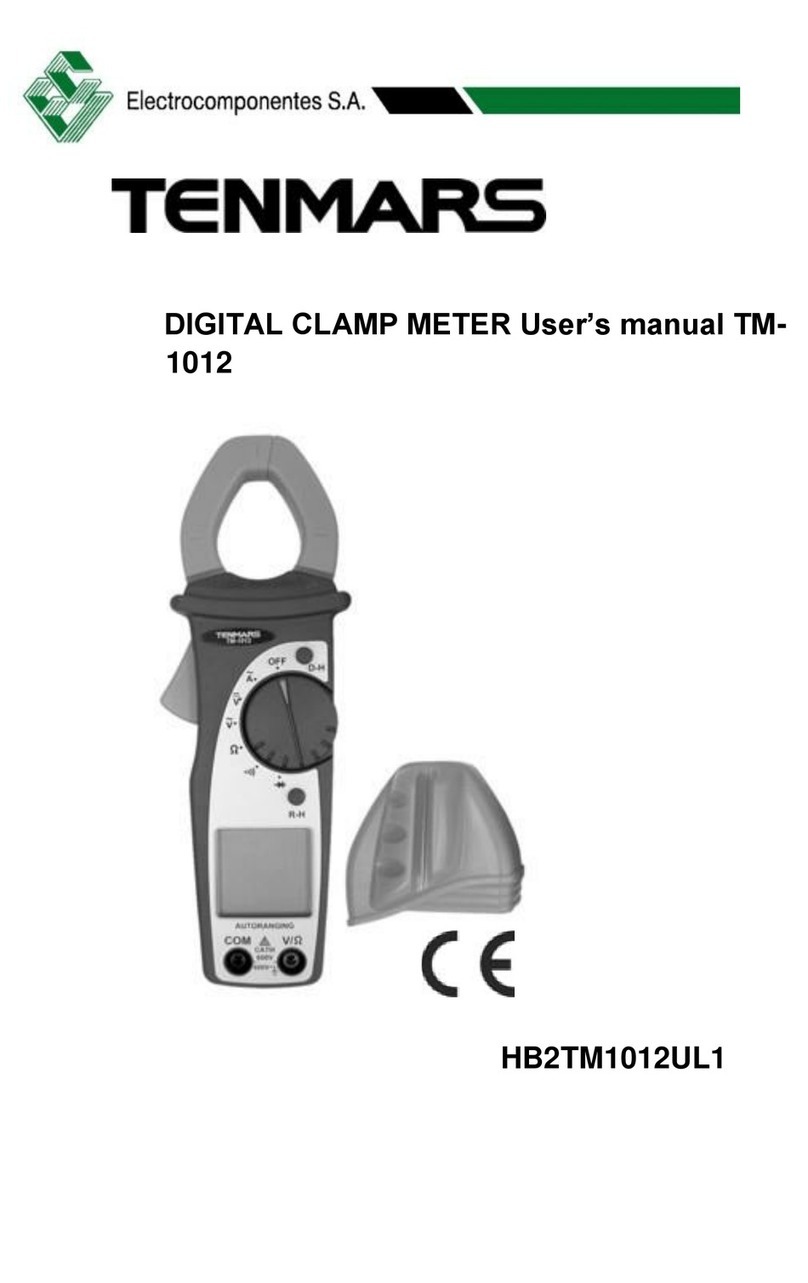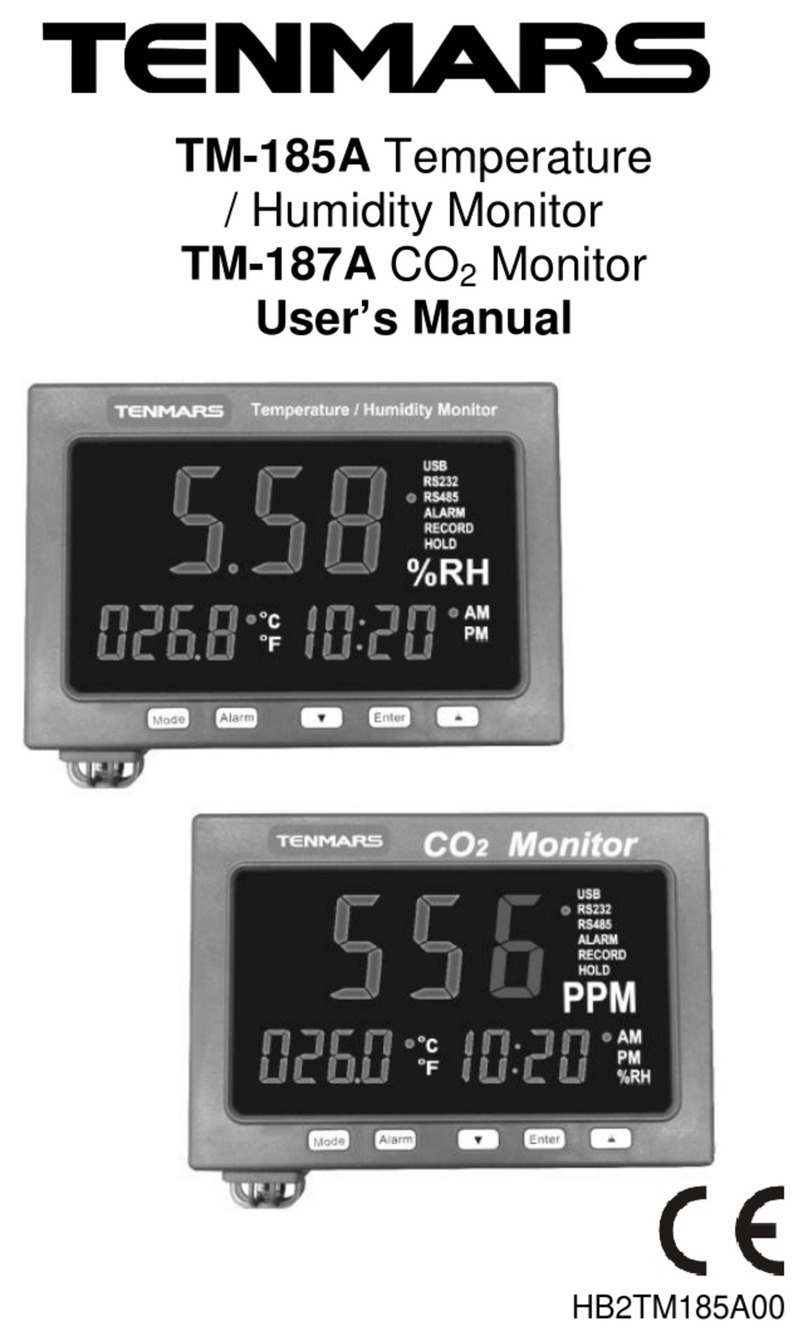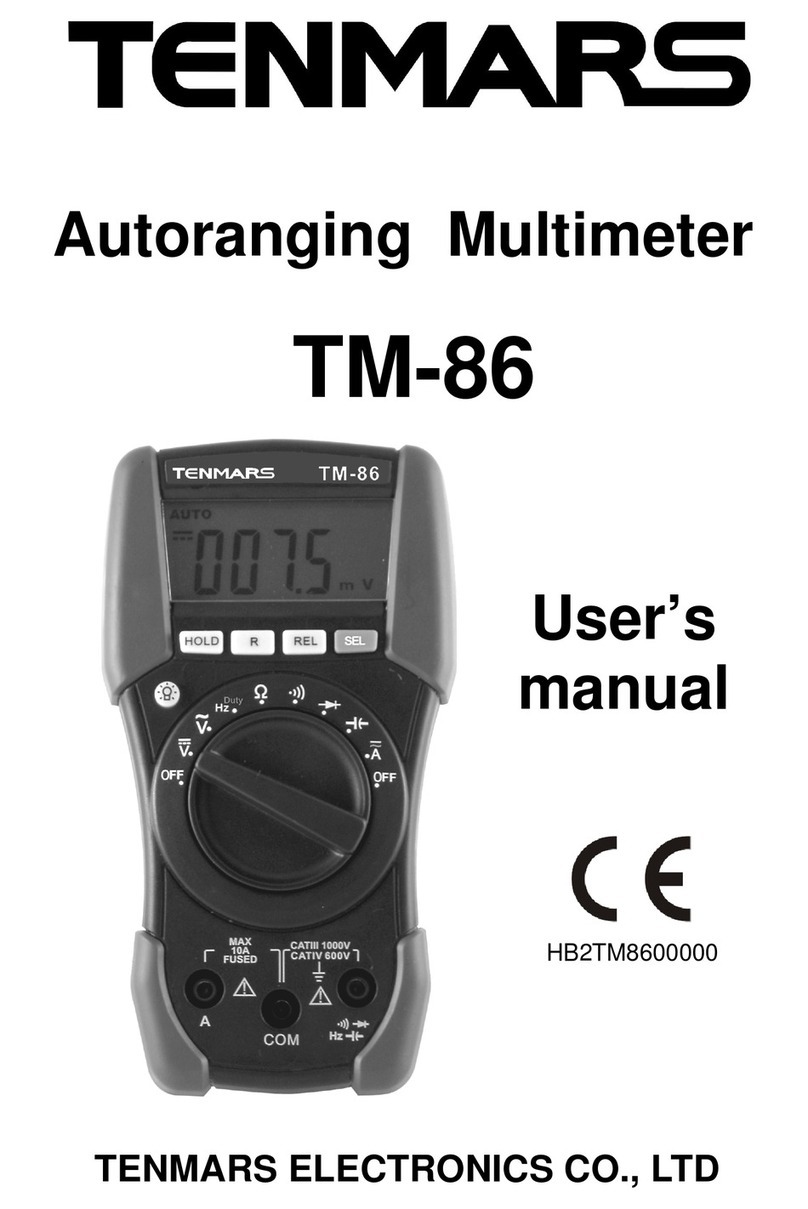TM-87/TM-88
Contents:
1. SAFETY PRECAUTIONS AND PROCEDURES..........................................................2
1.1. Preliminary ............................................................................................................2
1.2. During use.............................................................................................................3
1.3. After use................................................................................................................3
1.4. Measuring (overvoltage) categories definitions .....................................................3
2. GENERAL DESCRIPTION...........................................................................................4
2.1. Mean value and TRMS: definition..........................................................................4
2.2. True root mean square value and crest factor: definition.......................................4
3. PREPARATION FOR USE...........................................................................................5
3.1. Initial......................................................................................................................5
3.2. Supply voltage.......................................................................................................5
3.3. Calibration .............................................................................................................5
3.4. Storage..................................................................................................................5
4. OPERATING INSTRUCTIONS.....................................................................................6
4.1. Instrument - description.........................................................................................6
4.1.1. Front panel................................................................................................................... 6
4.2. Description of function keys...................................................................................7
4.2.1. HOLD key..................................................................................................................... 7
4.2.2. PK/REL key.................................................................................................................. 7
4.2.3. MX/MN key................................................................................................................... 7
4.2.4. R/SEL key.................................................................................................................... 7
4.2.5. Backlight key ( )...................................................................................................... 8
4.2.6. Disable Auto Power OFF ............................................................................................. 8
4.3. Measurements.......................................................................................................9
4.3.1. DC Voltage measurement............................................................................................ 9
4.3.2. AC Voltage measurement.......................................................................................... 10
4.3.3. DC Current measurement.......................................................................................... 11
4.3.4. AC Current measurement.......................................................................................... 12
4.3.5. Resistance measurement and Continuity Test .......................................................... 13
4.3.6. Diode test................................................................................................................... 14
4.3.7. Capacitance measurement........................................................................................ 15
4.3.8. Frequency measurement........................................................................................... 16
4.3.9. Temperature test (Only for TM-88) ............................................................................ 17
5. MAINTENANCE .........................................................................................................18
5.1. General information.............................................................................................18
5.2. Battery replacement ............................................................................................18
5.3. Fuse replacement................................................................................................19
5.4. Cleaning ..............................................................................................................19
5.5. End of life ............................................................................................................19
6. TECHNICAL SPECIFICATIONS ................................................................................20
6.1. Technical features...............................................................................................20
6.1.1. Electrical specifications.............................................................................................. 22
6.1.2. Safety......................................................................................................................... 22
6.1.3. General data .............................................................................................................. 23
6.2. Environment ........................................................................................................23
6.2.1. Environmental conditions........................................................................................... 23
6.2.2. EMC and LVD............................................................................................................ 23
6.3. Accessories.........................................................................................................23
6.3.1. Standard accessories................................................................................................. 23
7. SERVICE....................................................................................................................24
7.1. Warranty conditions.............................................................................................24
7.2. After-sale service.................................................................................................24
1































